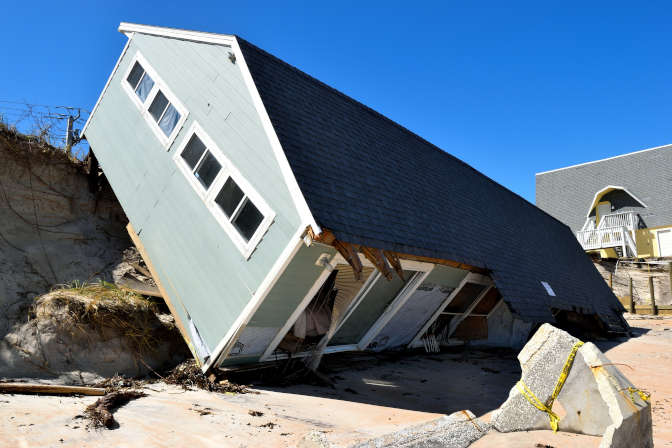
Written by: Kendra Meyer
Introduction
Hurricanes are among nature’s most formidable and awe-inspiring occurrences, with their swirling winds, torrential rainfall, and great destructive power. These tropical cyclones hold our attention and remind us of the Earth’s ability to experience dramatic weather occurrences. In this essay, we will cover the basics of storms, including their creation, characteristics, and the effects they have on the environment and human communities.
1. What are Hurricanes?
Hurricanes are enormous, spinning storms that occur over warm tropical ocean waters. They are distinguished by powerful winds that can reach speeds of up to 74 miles per hour (119 kilometers per hour) and heavy rains. In different parts of the world, hurricanes are referred to as typhoons in the western Pacific and cyclones in the Indian Ocean.
2. Hurricane Formation
Tropical disturbances, which are groupings of thunderstorms that form over warm ocean waters, give rise to hurricanes. Warm sea surface temperatures, high humidity, and minimal wind shear (the variation in wind speed and direction with height) are all required for a hurricane to form. As these disturbances strengthen, they can develop into tropical depressions, tropical storms, and finally hurricanes.
3. Anatomy of a Hurricane
A hurricane is made up of several unique parts. The eye, which is positioned in the middle, is a region of relatively calm weather with clear skies. The eyewall surrounds the eye and includes the most strong winds and rainfall. Additional showers and thunderstorms are produced as spiral rainbands spread outward from the eyewall.
4. Categories and the Saffir-Simpson Hurricane Wind Scale
The Saffir-Simpson Hurricane Wind Scale, which records maximum sustained wind speeds, is used to categorize hurricanes. The scale is numbered from 1 (weakest) to 5 (strongest). The categories provide a general estimate of potential damage and storm surge linked with the strength of a certain hurricane.
5. The Effects and Dangers
Hurricanes pose serious risks to both coastal and rural areas. High gusts, storm surges (an extraordinary rise of water along the shore), heavy rainfall, and probable tornadoes are the greatest concerns. These dangers can inflict severe infrastructure damage, uproot trees, generate landslides, and cause flooding. Hurricanes have the potential to disrupt lives, harm economies, and claim human and animal lives.
6. Preparedness and Safety Measures
When coping with hurricanes, preparation is essential. An emergency plan, including evacuation routes, designated shelters, and preparations for food, water, and medication, is critical. To obtain timely alerts and updates, it is critical to stay informed through credible sources such as local authorities and weather agencies.
Conclusion
Hurricanes are powerful natural phenomena that require our respect and preparation. Understanding their creation, features, and possible impact is critical for protecting lives and limiting property damage. We can handle hurricane seasons with resilience and guarantee the well-being of ourselves and our communities by remaining aware, planning ahead of time, and following safety recommendations.
Kendra Meyer is a freelance writer who does not necessarily share the opinions expressed on BrantaMedia.com.
